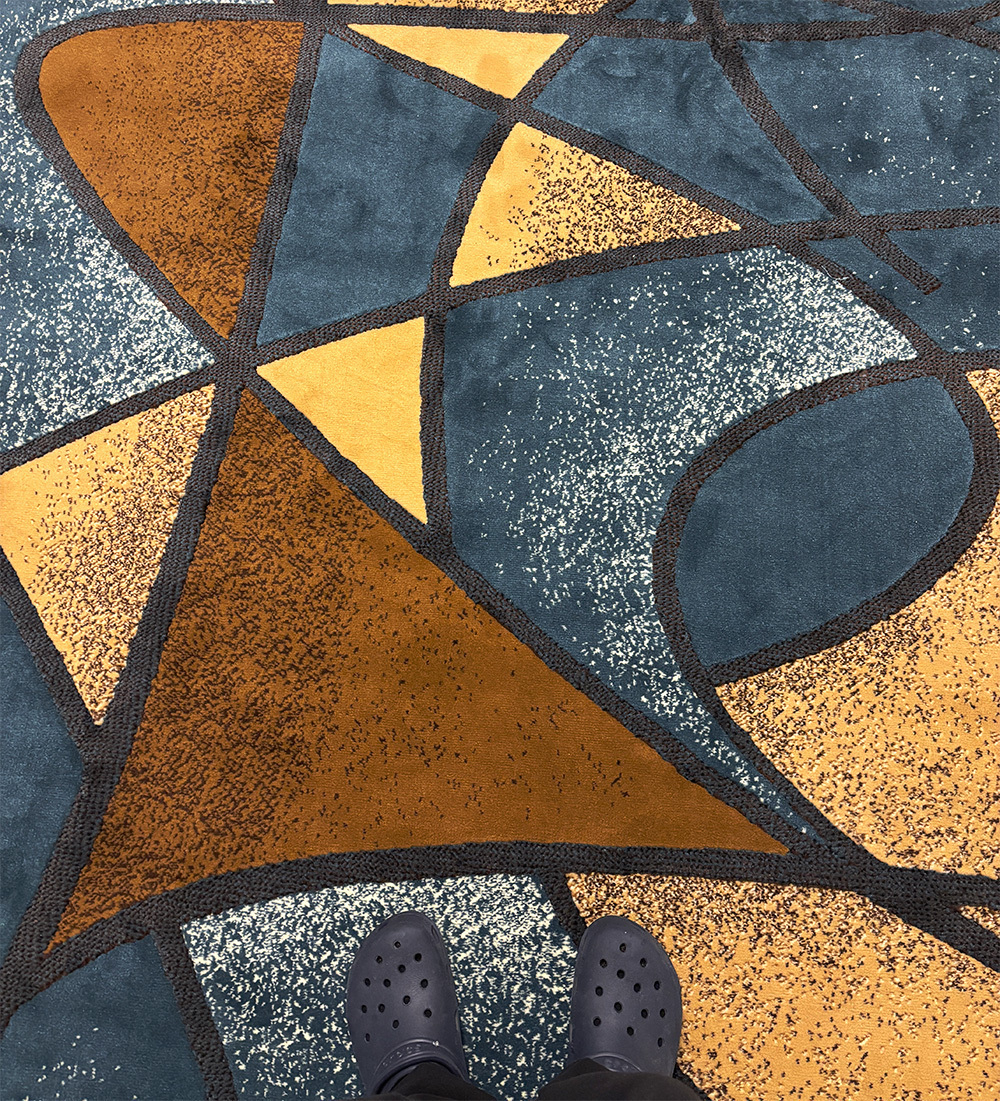Someone else will always tell you their issue is the most pressing; it’s up to you, if you have the bird’s eye view, to correctly assign it to your time as you deal with everything else. And don’t forget to water your plants.

Joker, 2019 - ★★★★½

This is the second time I watched this film, as a preparation to watch the sequel. I remember why it was hard to watch the first time and the second time wasn't easier.
This movie is too real to dismiss as just another "Batman" movie. While dramatized, the events in the film revolve around a realistic situation of a realistic mental illness of a potentially realistic person. I'm not surprised to see that most of the negative criticism came from prestigious places like the New Yorker or the NYT: these are exactly the guys that would miss the point.
East Harlem. I used to run here when I lived in the area. 📷

Leading universities around the country are laying off faculty and staff as the Tomato in Chief is giving their funds to the company that has repeatedly killed people with its planes. I mean, I guess that’s the point?
Eyeing China threat, Trump announces Boeing wins contract for secretive future fighter jet apnews.com
back in the groove
My structured daily routine: focusing on self-care, productivity, and clear task management through an organized agenda
Buying toilet paper with whogivesacrap part 2: I’m pissed and going to Amazon. VPN is on, Amazon doens’t care, directs me to their brand. I click “buy with one click.” Done. The correct address is on file.
And that’s how Amazon wins 😞
Buying toilet paper with whogivesacrap, part 1: ISP thinks it’s bad and blocks it with Cisco automated protection. Turning on VPN. Works. Buying .. Shopify: “oh no, you have VPN, you’re bad. Also, we have a different delivery and billing address on file.” Turning off VPN to fix. Cisco comes back 🤬
For brunch today, we wanted to try a new cafe in the neighborhood that looked interesting. It was small and loud with conversation and beats. We waited for our veggie burritos - 20, 30, 40 minutes. The sign on the door said they take some time to make food, so we were patient until the table that got in after us was served the same dish we ordered, while we only had our tea and coffee still.
Turns out the waitress, even though she nodded and repeated our order to us when we oredred, completely forgot to put it in the system. A dog owner walked in and sat next to us, and when the dog started barking loudly, I felt the blood drumming in my ears, and I excused myself for a minute outside. The food, which was disappointing (it was OK, but more of a breakfast veggie wrap with nothing on the side, not a burrito with extra rice and beans), finally arrived. We swallowed the food without a word, paid, and left.
As soon as I walked into my apartment, I felt the calm surround me. The relaxing feeling was even better when I got into my room and stepped on the rug I got, colored in blues and brownish-coffee colors 📷 . It’s incredible how such a simple thing can affect my mood so much. I don’t know why I’ve waited so long without having one.

Macmini instead of a smart TV?
I’m considering a new entertainment setup for my apartment. Should I get a smart TV or a projector? Should I use my Apple TV or my Mac mini?
About Micro.blog summaries
Micro.blog has introduced an AI-powered summarization feature for long-form posts that helps to automate cross-posting to other social media by providing AI-assisted summaries, allowing the author to tailor summaries to their needs.
Some results are in
After a long sleep and setting up an exercise corner in a spacious new apartment, a commitment to self-recovery and improvement is being embraced.
You know things are really bad when you get email after email from leadership with motivational stories and “Here’s what we’re doing” and “We’re taking this very seriously.” blerg.
Now that my personal projects and worries from January are fading into new (and good!) reality, my concerns revolve around the tomato in chief and the musky circus. Since I work for a large medical center and a university, these uncertain times affect my colleagues and me.
Some happiness, at last
After a refreshing walk in the new charming neighborhood, feelings of euphoria replace months of stress, leading to a productive evening unpacking.
The move is complete. New apartment. New neighborhood.
I have so many things to set up and many more to learn how to do here; I get stuck in mental loops of “I can’t do A before B, but that’s up to C, which comes with requirement D.” Oh well, getting there. Hey at least the internet is up!
It's too easy to get Windows 11 VM on Linux
I set up a Windows 11 virtual machine on my Linux Pop OS desktop with surprising ease. Here’s what I did:
Whoa, configuring a virtual machine on Linux was much easier than anticipated. Windows 11 is running smoother than it ever did. Nice! 🤓🖥️💪
Linux for games, Mac for work
My Thelio from System76 has become an automatic part of my workflow, and I can happily say that every game I have tried works.
A year ago, I started using Tiny Theme. I haven’t looked back since. I am wondering about Sumo though… maybe when I have time to tweak things again.
I watched the first two episodes of Silo, and I can’t wait to watch the others. I vaguely remember the books. It feels like what I was hoping out of Fallout so far. Good stuff. 📺
